Last ditch effort to save Riverstone wetlands from Marsden Park North precinct
ENVIRONMENTALISTS determined to save wetlands with endangered frogs and birds from the bulldozer have escalated their pleas as plans to develop at Marsden Park loom closer to approval.
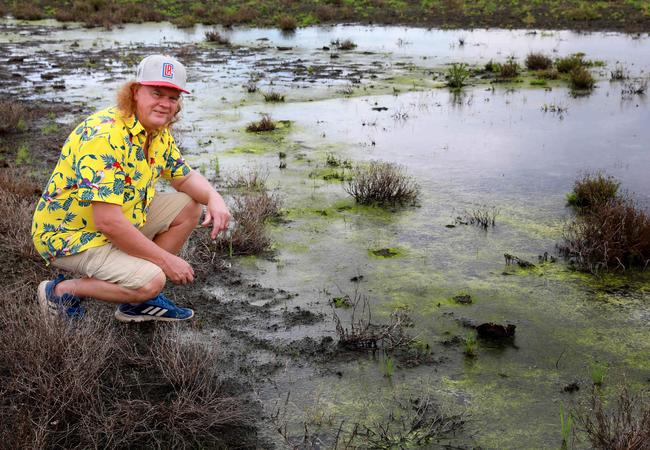
Rouse Hill
Don't miss out on the headlines from Rouse Hill. Followed categories will be added to My News.
ENVIRONMENTALISTS determined to save wetlands with endangered frogs and birds from the bulldozer have escalated their pleas as plans to develop at Marsden Park loom closer to approval.
Public feedback into the State Government’s draft Marsden Park North precinct, which would raze Riverstone Wetlands for housing, close on Friday.
The plan incorporates the new suburb of Angus, as well as Vineyard and Marsden Park, and feature three centres with shops, cafes, 13 playing fields and cycleways.
The State Government has argued the land is contaminated and wants the pond to relocate but conservation groups argue the alternative habitat is unsuitable because it will be in the South Creek flood zone.
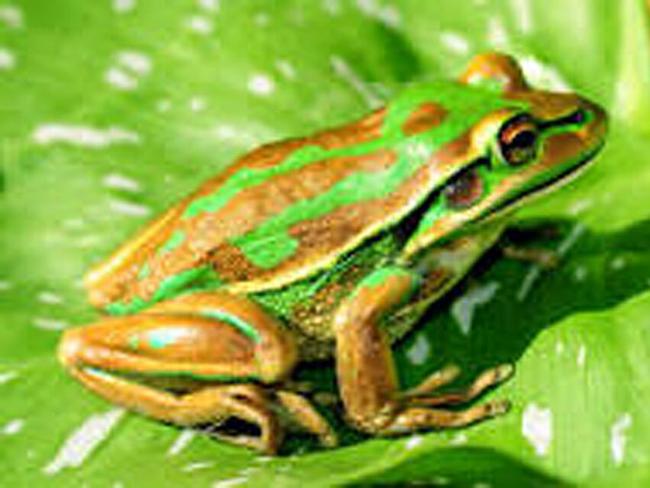
The Blacktown and District Environment Group’s submission implored the government to recognise the wetlands as a “resort for fauna species” in the Cumberland Plain.
Apart from Sydney Olympic Park and Pitt Town Lagoon, the wetlands is a rare habitat for migratory birds and the endangered golden and green bell frog.
The group said the new habitat would allow introduced fish species gambusia to threaten bell tadpoles.
Cumberland Conservation Network spokeswoman Lisa Harrold slammed the government for ignoring the biodiversity at the wetlands, near Park Rd.
“We’re getting smashed in every facet of biodiversity,’’ she said.
“Can you not save one farm dam? It’s out of hand. It’s out of balance for protecting biodiversity. I don’t think one farm dam is too much to ask for.”
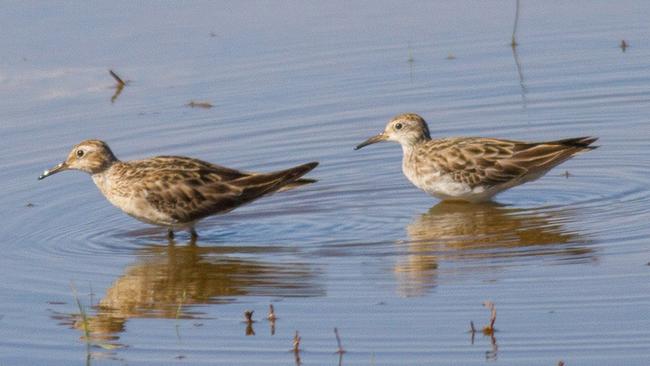
Long time Riverstone resident Lance Jurd criticised the government’s failure to control urban growth in the northwest.
“Especially around there, they’re just wiping out everything,’’ he said.
“…That area around there isn’t that big but even that, they want to use it for housing as well and there’s thousands of birds around there.”
But in Parliament last week, Riverstone state Liberal MP Kevin Conolly said environmental consultants said the site was contaminated with aged and degraded asbestos cement piping in the ponds’ walls and heavy metals.
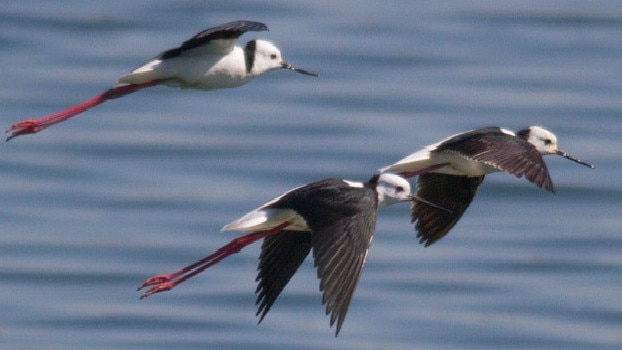
“They also constitute an arbovirus risk, for example, Ross River fever, as they provide favourable mosquito habitat,” he said.
“The consultants concluded that the ponds do not meet the definition of being internationally or nationally important habitat”.
He said plans were in place to protect the wider zone, the “migratory bird habitat investigation area” from development but the wetlands were a stopover on birds’ migration routes.
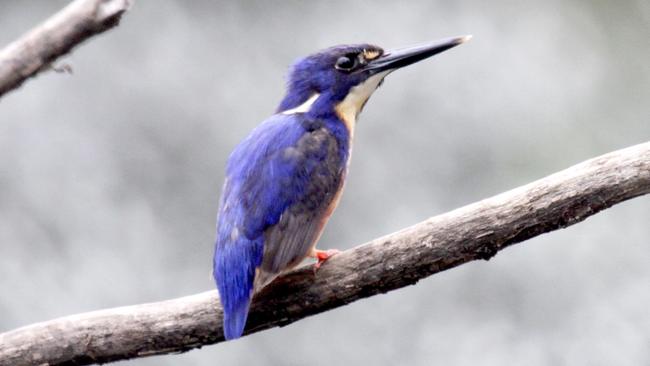
A NSW Planning Department spokeswoman said another habitat to the east of the ponds would be constructed before the existing ones were removed and offered a better location and less risk to public health and safety.
“In considering the retention of the ponds, there were significant public health and safety issues for current and future residents that have been investigated including contamination, virus risk associated with mosquitoes and overflow due to the pond wall failure or overtopping,’’ she said.
“In planning for the relocation of the ponds, the department carefully considered species that inhabit the current ponds, as well as the health, safety and wellbeing of current and future residents.”
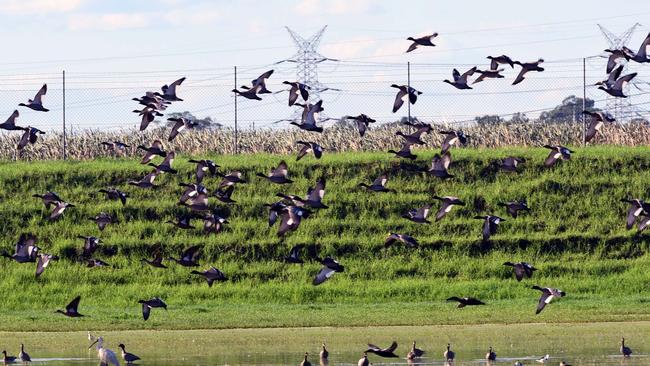
However, Mrs Harrold doubted Riverstone wetlands were contaminated.
“You don’t have frogs in contaminated areas and you always see the presence of frogs as an indication of a healthy environment,’’ she said.
The wetlands were constructed in 1974 as wastewater ponds for Riverstone Meatworks before it closed in 1994.
The ponds were built to allow meatworks’ waste to evaporate and leave sediment behind instead of discharging into creeks.
